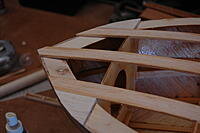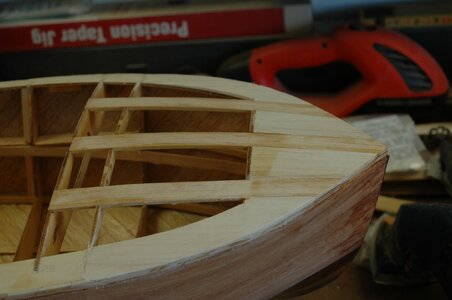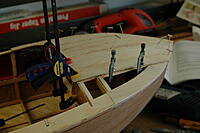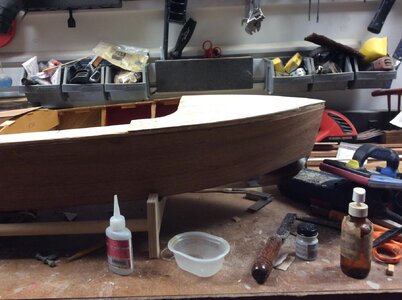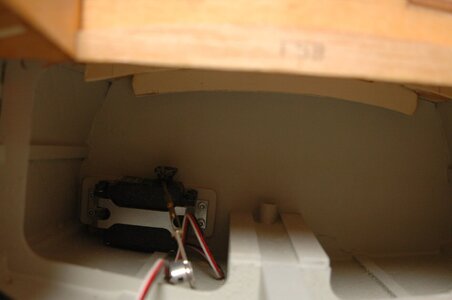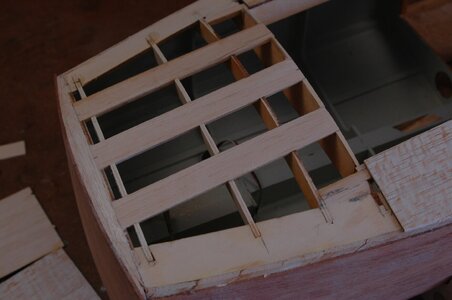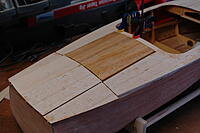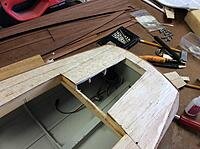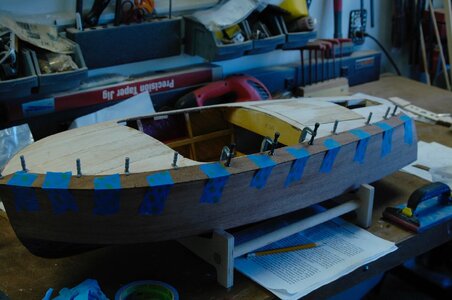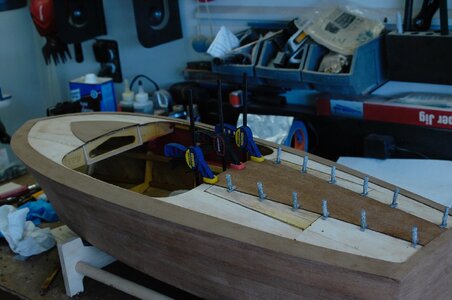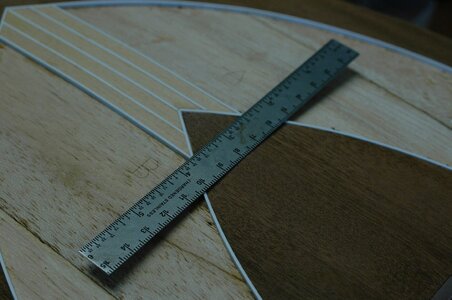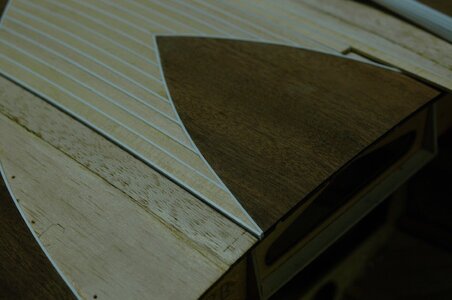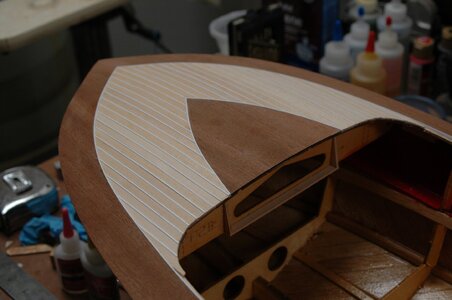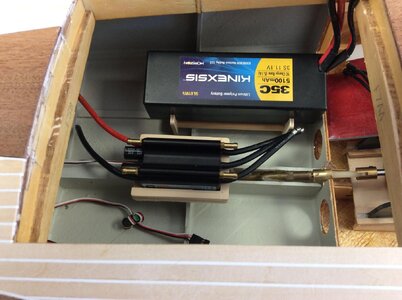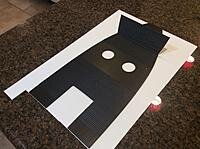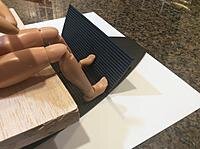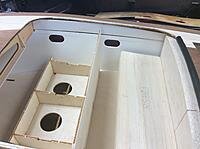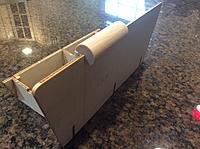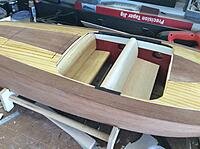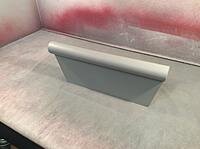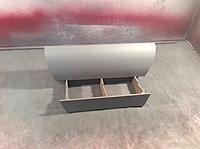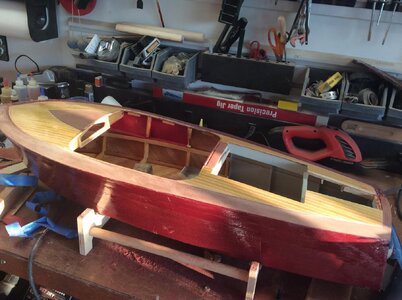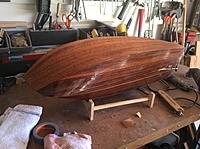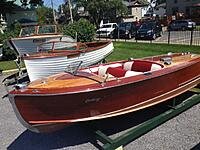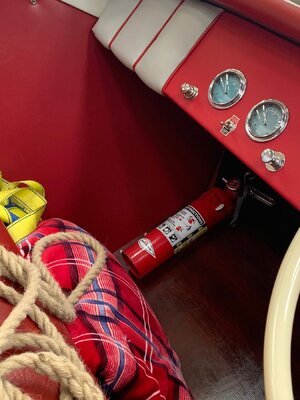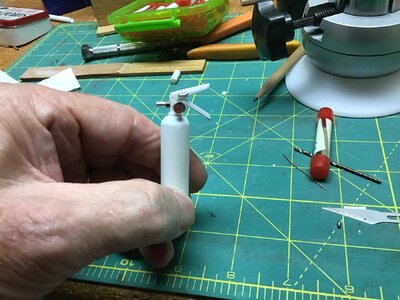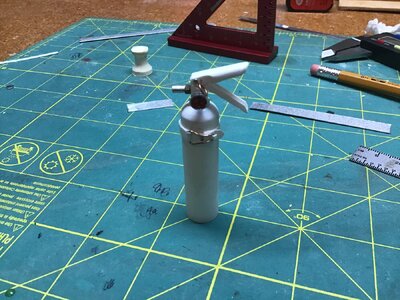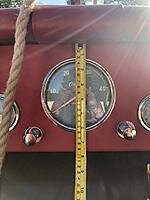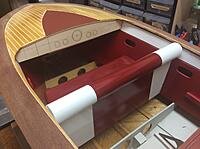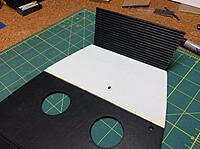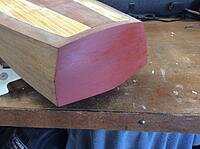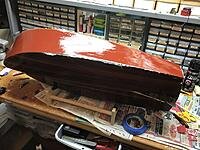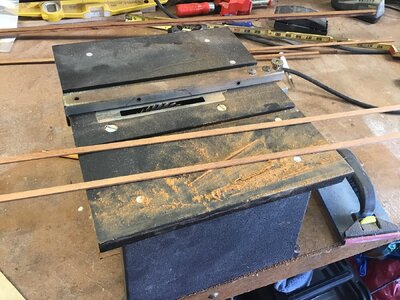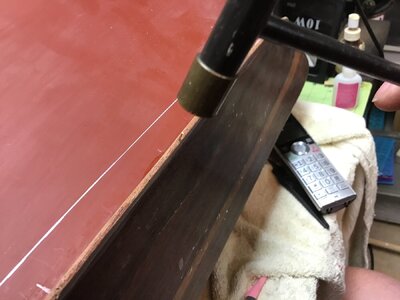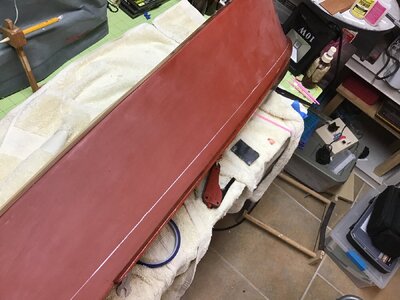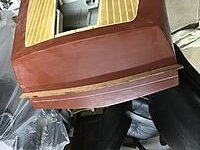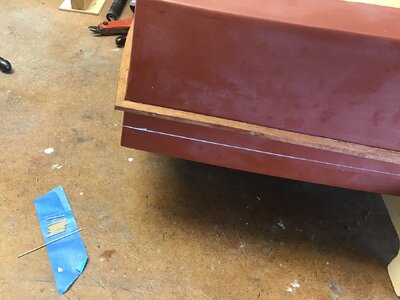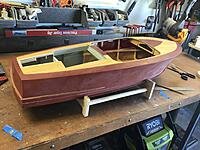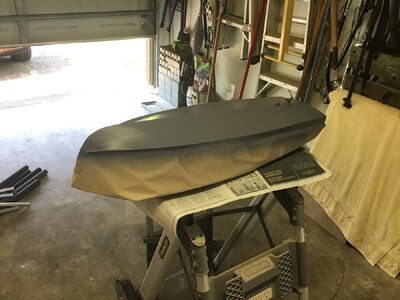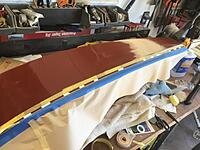One of the prettiest mahogany speed boats of the 50’s IMO is the Sea Maid. Sterling put out a kit back in the day but I never got hold of one. I was really impressed when I saw that Mack Products was going to do a kit of an 18 ft Sea Maid. It is part of the Legend series. I bought the new kit in 2015 as soon as it was released. The model was based on the original at the Clayton museum in New York. Just like Miss Behave except that the Sea Maid was in storage and would be put up for auction in the future.
Little did I know what this model was going to turn out to be in the end. I was very impressed with the quality of the kit parts and fittings. I did not know at the time that I was going to have to make changes or that I would be in contact with the future owner. That was yet to come.
I built the frame and planked it with the kit supplied balsa wood. That was in 2015. Then life happened and it was set aside for 2 years still attached to the building board. In 2017 I decided to get the mahogany planks installed. I used the kit supplied planks for the bottom but I had some mahogany I milled which I used for the sides and transom. I made templates for the planking so it looked better.
There were going to be some issues for sure but these were down the road and years away.

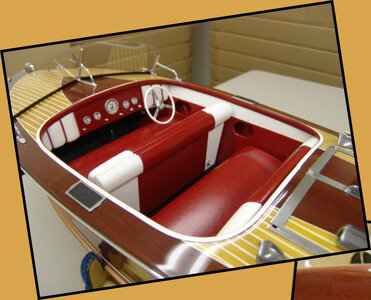
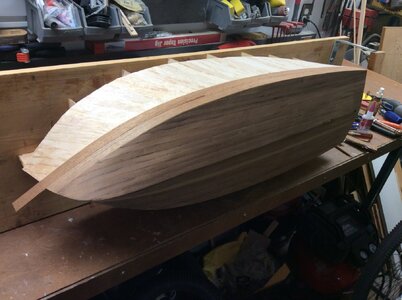
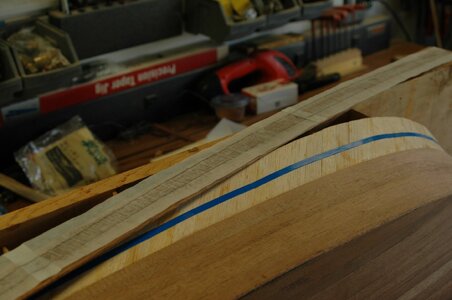
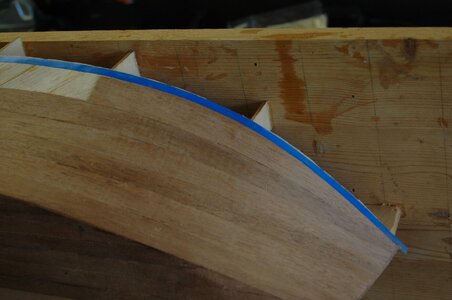
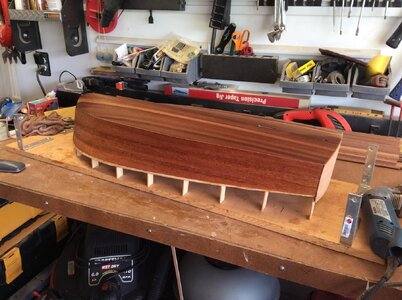
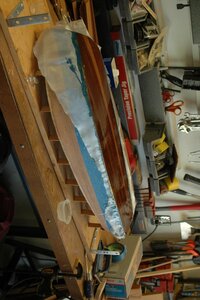
Little did I know what this model was going to turn out to be in the end. I was very impressed with the quality of the kit parts and fittings. I did not know at the time that I was going to have to make changes or that I would be in contact with the future owner. That was yet to come.
I built the frame and planked it with the kit supplied balsa wood. That was in 2015. Then life happened and it was set aside for 2 years still attached to the building board. In 2017 I decided to get the mahogany planks installed. I used the kit supplied planks for the bottom but I had some mahogany I milled which I used for the sides and transom. I made templates for the planking so it looked better.
There were going to be some issues for sure but these were down the road and years away.










